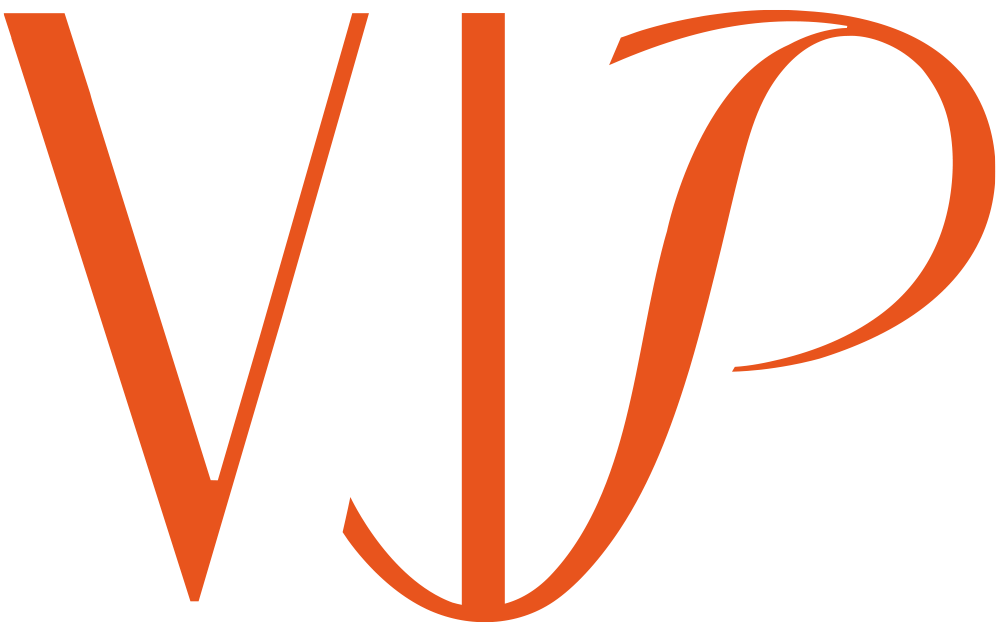[2002.05.16] Nasal Osteotomy for Narrowing a Wide Nasal Bone
Date: May 16, 2002
Conference: 20th Meeting of the Korean Academy of Aesthetic Plastic Surgery (Shilla Hotel, Jeju)
Title: Nasal Osteotomy for Narrowing a Wide Nasal Bone: Proposed Surgical Criteria for Korean Patients
Introduction
Asian nasal bones are typically short and wide. In rhinoplasty, attention often focuses on the nasal tip and dorsum, yet the lateral dimension of the nose is equally important. The ideal nasal width is about 80% of the interalar width (distance between the alar bases). This study aims to clarify the indications for lateral osteotomy and introduce a more convenient surgical method for narrowing the nasal bone in Asian patients.
Methods and Materials
A total of 105 patients who underwent aesthetic rhinoplasty were reviewed. The authors categorized a “wide nasal bone” according to:
- Absolute Indication: Nasal bone width ≥ 100% of the alar base width.
- Relative Indication: Nasal bone width is between 80% and 100% of the alar base width.
Surgical Technique
- A 2–3 mm narrow osteotome was used for percutaneous lateral osteotomy, with the planned osteotomy sites marked preoperatively.
Results
- Follow-up Period: 4 to 15 months (average 6 months).
- Overall Incidence of Lateral Osteotomy: 58 of 105 patients (55%) required lateral osteotomy.
- Among these 58 patients, 33 (57%) underwent osteotomy to achieve nasal width reduction.
- Osteotomy Approaches Used:
- Low-to-High + Medial Oblique Osteotomy: 29 cases
- Low-to-Low + Paramedian + Transverse Osteotomy: 4 cases
- Technique:
- Percutaneous osteotomy: 31 patients
- Endonasal osteotomy: 2 patients
- Recovery: Patients who had percutaneous osteotomy experienced noticeably less swelling and bruising, resulting in faster recovery.
Discussion
Percutaneous lateral osteotomy offers several advantages: it reduces damage to the lateral nasal artery branches, minimizes mucosal laceration, shortens recovery time, and provides more precise bone-cutting compared to the traditional intranasal approach.
Conclusion
Due to ambiguous guidelines and technical complexity, lateral osteotomy has often been overlooked. However, 55% of the studied rhinoplasty patients met absolute indications for lateral osteotomy. Percutaneous osteotomy showed clear benefits over conventional endonasal osteotomy, yielding greater surgical accuracy and improved postoperative recovery.


















